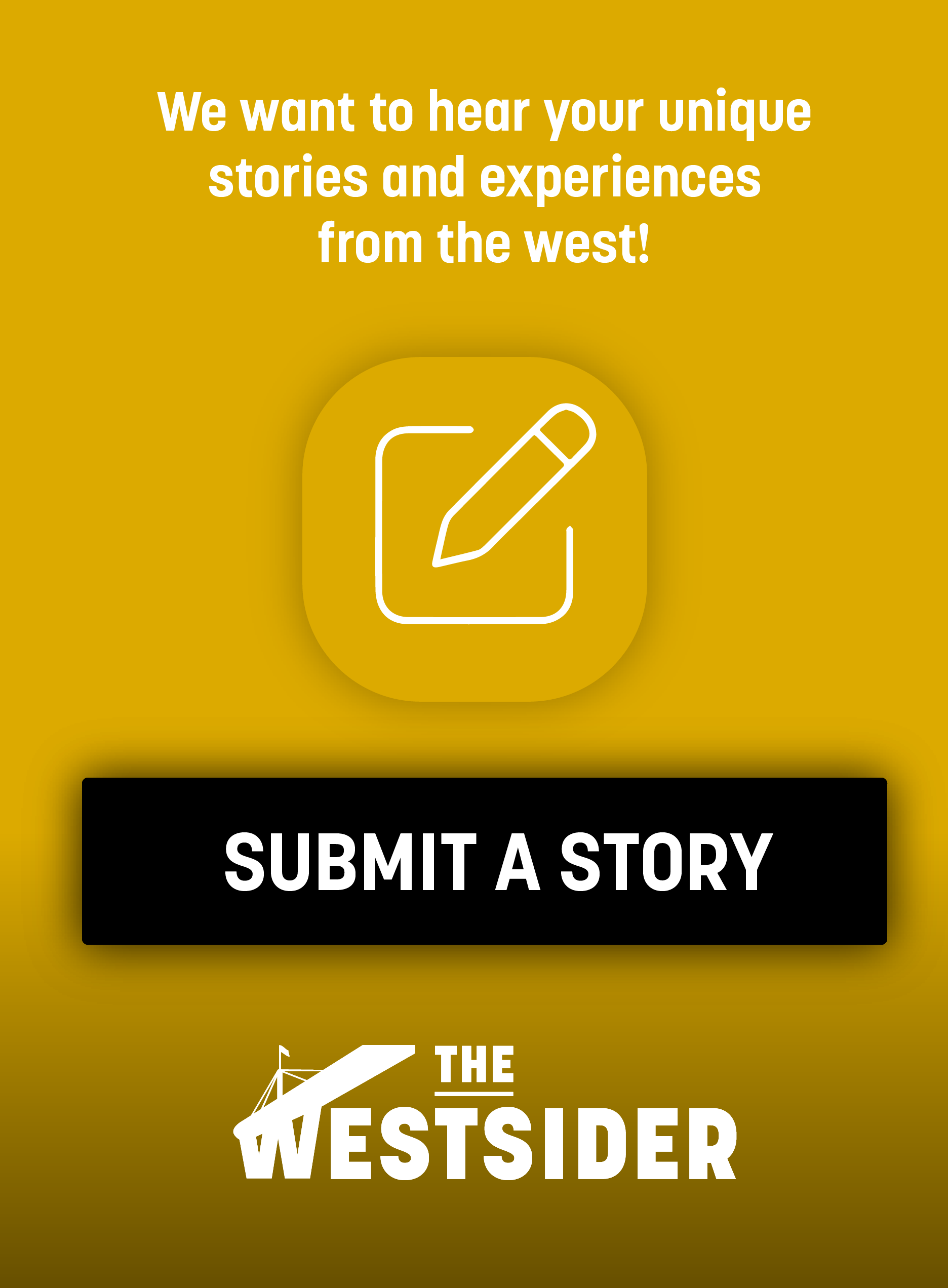By Brandi Olliff
The wetlands of Melbourne’s western foreshores are home to an amazing but diminishing array of rare migratory birds.
The Hobsons Bay Wetlands Centre (HBWC) is a community not-for-profit organisation powered by volunteers with a vision to protect the habitats of these incredible birds. Our vision is to build a state-of-the-art Wetlands Centre at HD Graham Reserve in Altona Meadows providing opportunities for recreation, education, conservation, and connection with others.
This site was chosen as it is a stone’s throw away from the internationally recognised and Ramsar listed Cheetham Wetlands. As a key destination on the East Asian-Australasian Flyway, the area is a biodiversity hotspot with thousands of migratory birds travelling to this location in their non-breeding season, some from as far away as Alaska and Siberia within the Arctic Circle.
HBWC’s Chair Marilyn Olliff says that the Cheetham Wetlands are a haven for migratory birds. “It is vital that we all care for the wetland areas of Melbourne’s west to protect the rich biodiversity that supports the birds.”
The coastal wetlands from Point Cook to Williamstown are a hidden gem that support over 150 different species of birds like the Red-necked Stint, who is the size of a Tim Tam, and can fly 5,000kms before needing a rest.
Curlew Sandpipers are another tiny migratory bird capable of flying non-stop from our wetlands to Hong Kong. That’s over 7,000km!
Thousands of other seabirds, ducks, large waterbirds, and waders grace our shores in the summer months, and some travel up to an astounding 13,000km in non-stop flights to get here.
As well as being home to a great variety of birdlife, our wetlands are important in mitigating the effects and impacts of climate change.
Healthy wetlands can remove carbon dioxide from our atmosphere and hold large stores of carbon sequestered in soils and sediments. If disturbed, this carbon can be released, usually as methane which is a very potent greenhouse gas.
Wetland habitats are one of the world’s most threatened ecosystems and are in decline in Australia and all over the world. The effects on migratory and local bird populations are clearly evident.
Many wetlands have been drained and disturbances on the coastlines from man-made infrastructure have reduced the suitability of beaches and wetlands for breeding and feeding for a range of species.
In recent years there has been a population decline of some species that migrate to our shores. The threat and impacts of habitat loss along parts of their flyway makes their long journey to Hobsons Bay much harder to achieve.
The overall diversity of birds found here in Hobsons Bay has fallen over the last 50 years, with many now threatened species no longer seen here.
Kevin Wood is the HBWC’s Deputy Chair and Conservation Program Leader. He works with dedicated volunteers alongside Birdlife Australia to survey and monitor bird populations and detect changes in their numbers over time.
“We saw the impacts of the big rain events last year in other parts of Australia here at our wetlands in Hobsons Bay. Many shorebirds such as the stilts and avocets, most of our ducks and many large waterbirds, pelicans, spoonbills and herons all disappeared inland to feed and breed”.
These local species are now returning to our wetlands in Hobsons Bay and migrating species like the Red-necked Stint and Eastern Curlew are chasing their endless summers, departing back to their breeding grounds in the Arctic Circle.
“We will continue to look at what is affecting our birds and what we can do to improve their habitats, especially in our backyard of Hobsons Bay”.
There is much we can do to improve the health of our wetlands and it starts with making conscious choices to minimize our impact on these ecosystems through actions such as protecting the water quality, reducing disturbances to birds by staying out of sensitive habitats, and controlling invasive plant species while focusing on the restoration of native plants.
Healthy wetlands will provide a place for our local and migratory birds to thrive, and our proposed Wetlands Centre aims to work alongside council, government departments and universities to implement local, national and international biodiversity and conservation strategies.
Priorities will include enhanced conservation of the habitat within the East Asian-Australasian Flyway for migratory birds and protection of international and local threatened species of all kinds.
For more information on Hobsons Bay Wetlands Centre visit: www.hobsonsbaywetlandscentre.org.au
Hobsons Bay Wetlands Centre is on Facebook as https://www.facebook.com/hobsonsbaywetlandscentre and Instagram as https://www.instagram.com/hbwetlandscentre


